Sneaker cushioning is a technology that absorbs and distributes shock load evenly throughout the foot to minimize injury.
Pronation is an inward rotation of the foot, shifting the load to the inside of the foot.
Supination - rotation of the foot outward, resulting in increased load on the outer edge of the foot and ankle.
Supinator, undersole - part of the shoe insole that lifts the inner edge of the foot.
Pronator - part that lifts the outer edge of the foot.

Toe - The front part of the sneaker that protects and secures the forefoot. Can be perforated, ventilated or solid.
Midsole - is a layer between the sole and the main part of the sneaker.
Outsole - the outer part of the sole with an embossed pattern for traction.
Heel - Rear part of the sneaker with normal or reinforced cushioning.
Eyelets - through holes for laces.
Sockliner - leather, foam or fabric sneaker insert, responsible for a snug fit and extra cushioning.
Tongue - movable part of the sneaker top, located under the laces.
Shoelaces - a piece of thin rope, designed for quality fixation of the foot in the sneaker.
Heel counter - the back of the sneaker, the place where the heel is fixed.
Ankle support - The upper part of the sneaker's back, which fits around the foot in the Achilles tendon and ankle area. Can be low and high.
Side panel - sidewalls of the main part of the sneaker.
Lining - sneaker inner textile upholstery.
The size of a sneaker is determined by the measurement of the foot. Usually it is enough to know only the length of the foot - almost all size grids are based on it, but for a more accurate selection of a comfortable sneaker it is better to know all the characteristics.
The length of the foot - the distance from the center of the heel to the tip of the longest toe.
The width of the foot is the distance between the lateral arches of the foot at its widest part.
Feet Fullness - measured by the total circumference of the foot at its widest part - usually just under the toes.
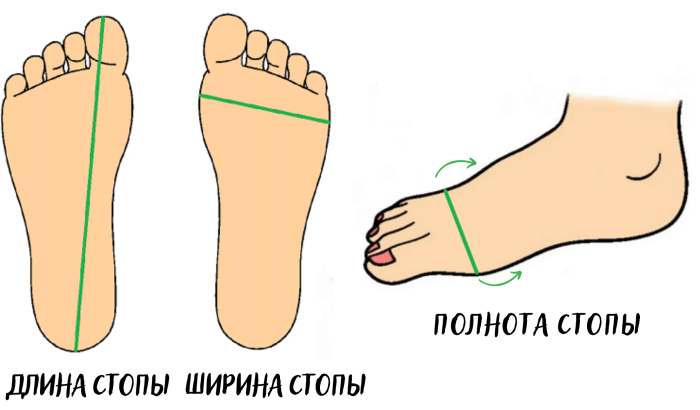
The optimal sneaker size for everyday wear and most sports is according to the measurements of the foot. If the foot is 24.6 cm, the optimal sneaker is size 38.
Exceptions - sneakers for running, trekking and mountaineering. Optimal size for such sneakers will be the length of the foot plus 0.5-1 cm. That is, for a standard size 38 it is better to take 38.5 or 39.
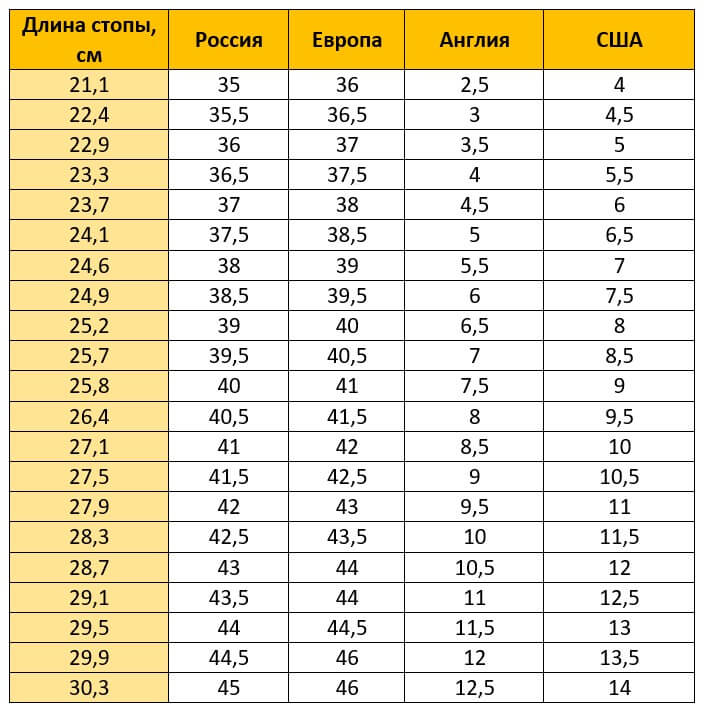 *The ratio of foot length to size may vary from brand to brand. Before buying a sneaker, check the manufacturer's sizing chart..
*The ratio of foot length to size may vary from brand to brand. Before buying a sneaker, check the manufacturer's sizing chart..

Distinguished by a more flexible sole, tapered heel, thin insole and laces. More versatile in terms of design and varied in the design of the toe.

Sneakers with an often stiff sole, wide heel and thick insole. The toe part is about the same in all models.
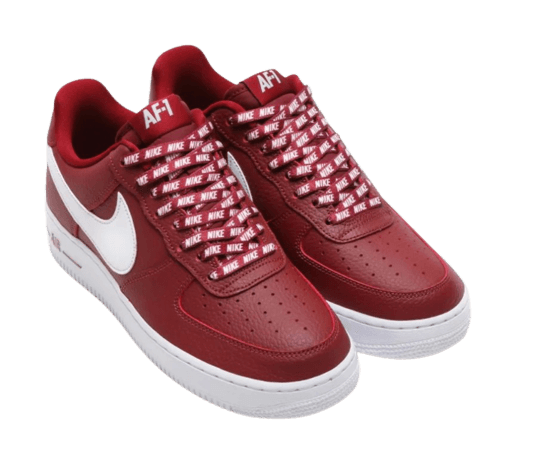
A sneaker with a neutral design and average stiffness and thickness of the elements.
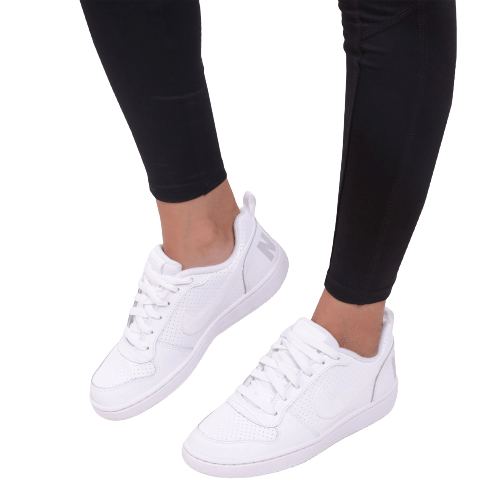
The top line of the sneaker is below the ankle.
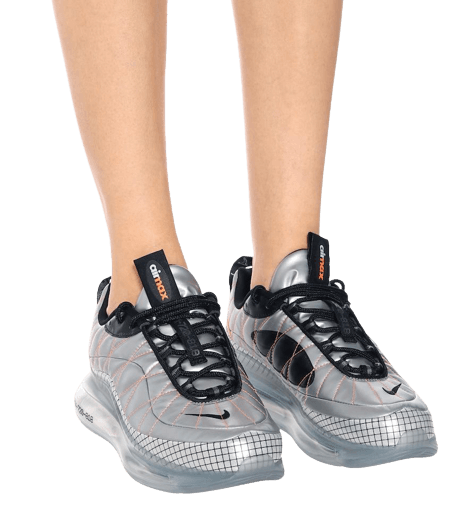
The top line of the sneaker is at ankle level.
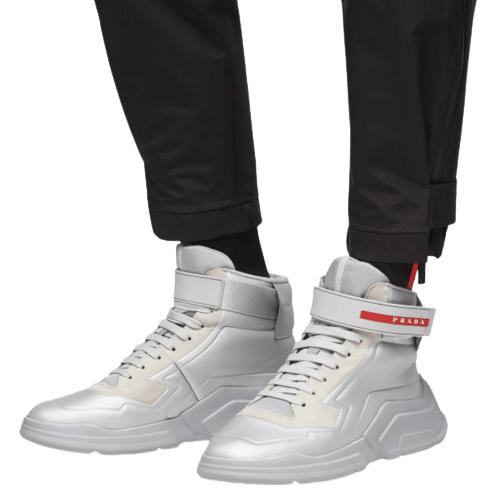
The top line of sneakers goes above the ankle.

Medium weight, stiff back and toe made of elastic, shape-restoring material. Also equipped with blown rollers in the collar area to protect against chafing and a bendable outsole in the toe area.
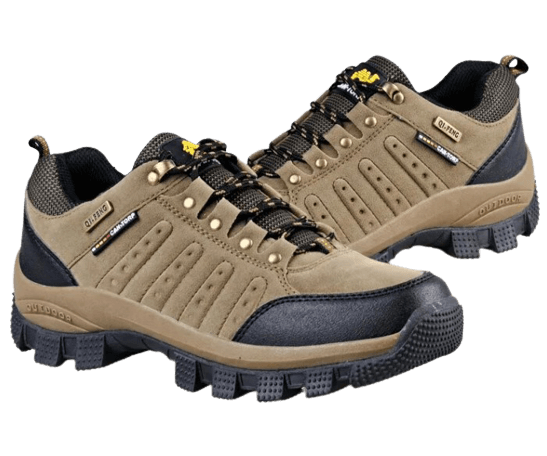
Hiking sneakers for traveling, designed to overcome long distances. They have a low weight, flexible soft sole. Often made of breathable materials, with a membrane.
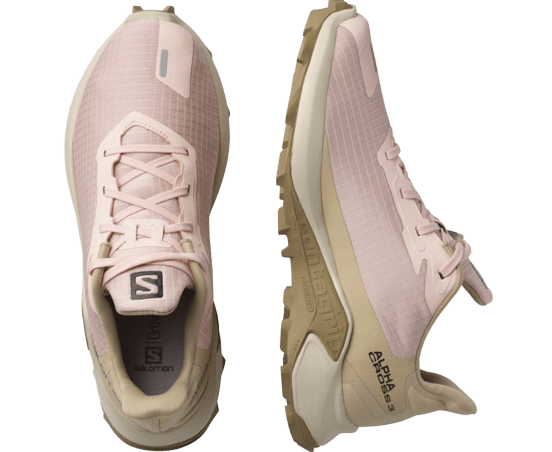
Sneakers for trail running. Usually lightweight, with a tenacious sole with high tread and minimal protection for the foot. Used as a complement to mountain boots.

Fashion sneakers with a special design or made of unusual materials - without laces, on a wedge, made of fur. Produced by the world's fashion houses - Chanel, Dior and others.
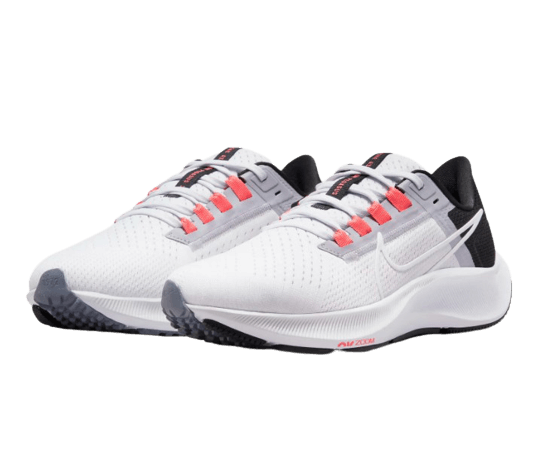
Sneakers with reinforced cushioning in the heel area and sometimes in the toe. They are characterized by softness - hard inserts are allowed to be only in the butt area, as well as flexible and soft sole.
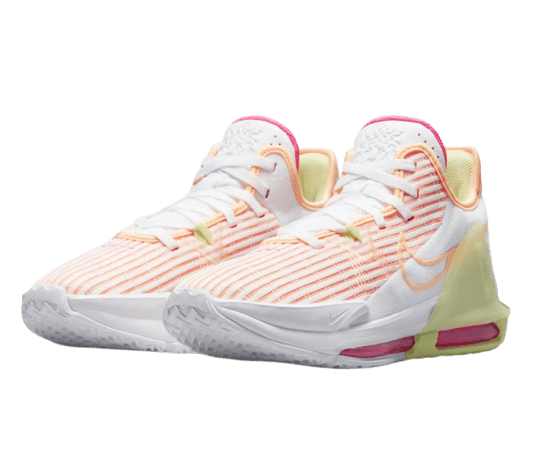
High-cut sneakers with a large sole area. Can be soft-soled for hall games or hard-soled for outdoor games.
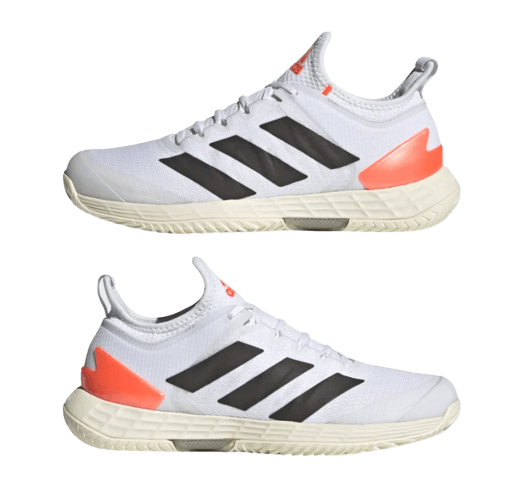
A sneaker with a flexible sole of durable rubber combined with foam composite for better cushioning. Tennis sneakers usually have a curved back and a rounded toe.
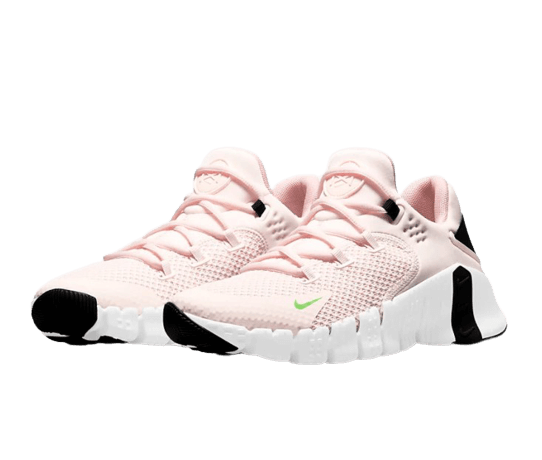
Fitness sneakers with good cushioning, flexible sole, minimal weight and a tight butt for a secure fit of the foot.
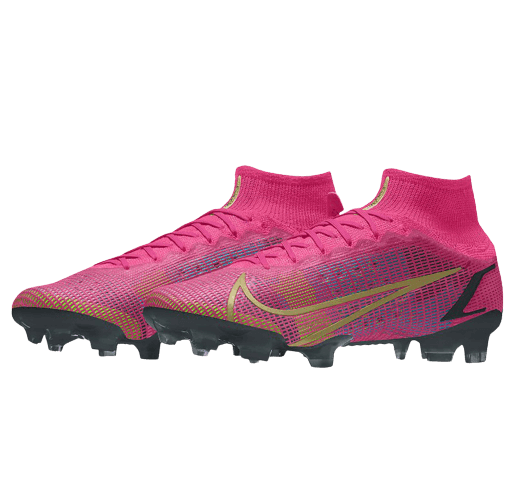
Sneakers designed for soccer, cleats - these are models with a low shin and spikes on the sole, providing traction with the ground - the ground, turf, futsal floor.
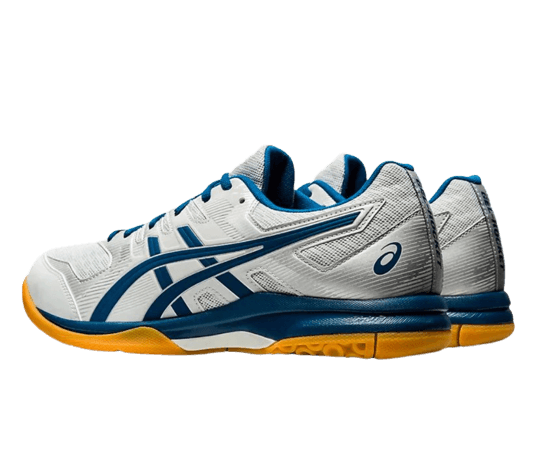
Sneakers with a medium or high cuff, providing a reliable fixation of the ankle, high cushioning properties and a thick sole.
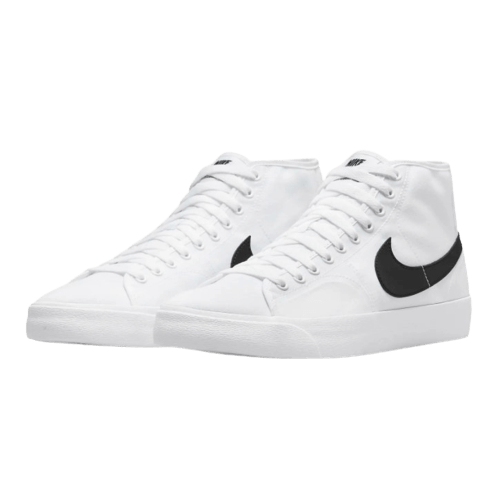
High, medium or low sneakers with elastic inserts, stabilizers and supinators. They have a combined composite sole of different materials and reinforced seams.
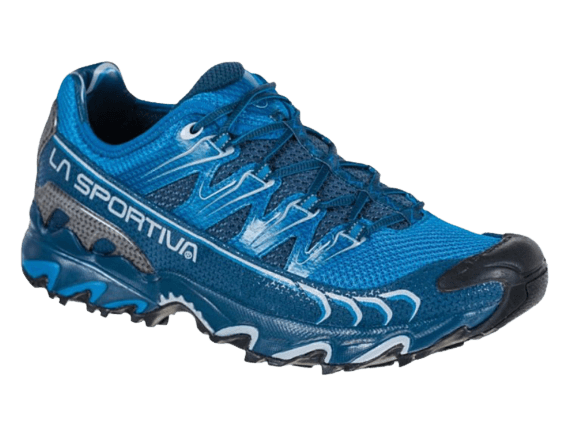
Climbing sneakers or climbing shoes - shoes with reinforced protection on the toe, a hard intermediate sole and a large tread pattern to prevent slipping.
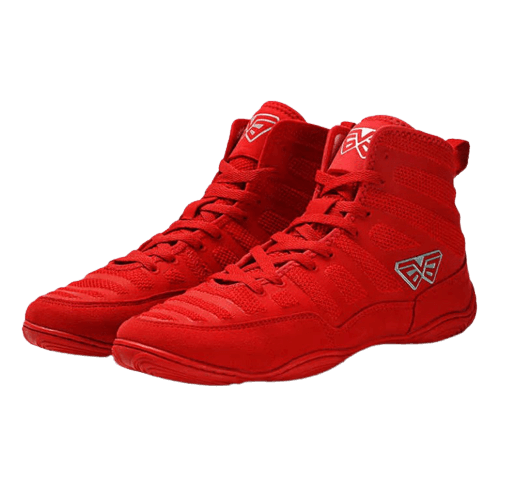
Boxing sneakers with a high shin from 10 to 25 cm and a thin, rough sole that prevents slipping.
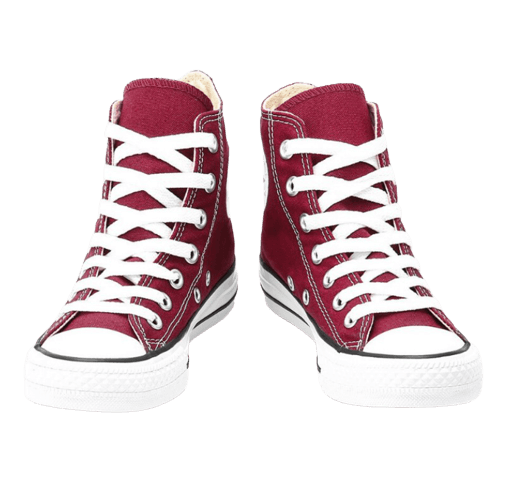
A kind of athletic shoe, characterized by a porous flat sole and textile upper. The classic height of sneakers is above the ankle, although there are also low models - half sneakers.

Nike technology that provides explosive cushioning through compressed air and tightly stretched fibers that absorb shock air and reduce pressure on ligaments and joints.
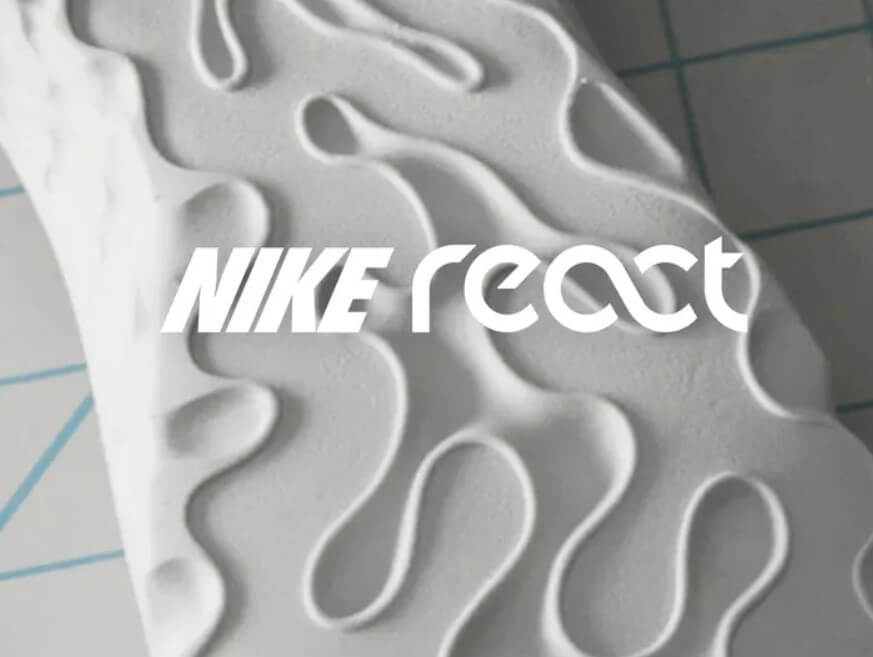
Nike's technology aimed at increasing softness and cushioning elasticity through the use of long-lasting foam.
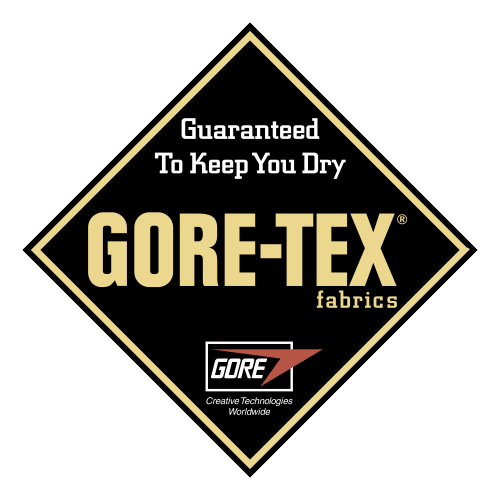
Gore-Tex technology is the use of a waterproof and windproof membrane in the manufacture of footwear, for protection against precipitation and thermal regulation. Used by Adidas, Salamon, Reebok and other brands.

Adidas technology, designed to release energy during movement, reduces the harmful effects on the ankle. It is a cellular, air-filled outsole separated by dividers.

The torsion is a protective arch made of thermoplastic polyurethane that supports the front and back of the foot and provides a smooth transition between them to reduce stress. Adidas development.

The fast lacing system developed by Salomon. The thin laces, reinforced with carbon thread, are tightened with a special lock. Nike has a similar technology called FlyEase.
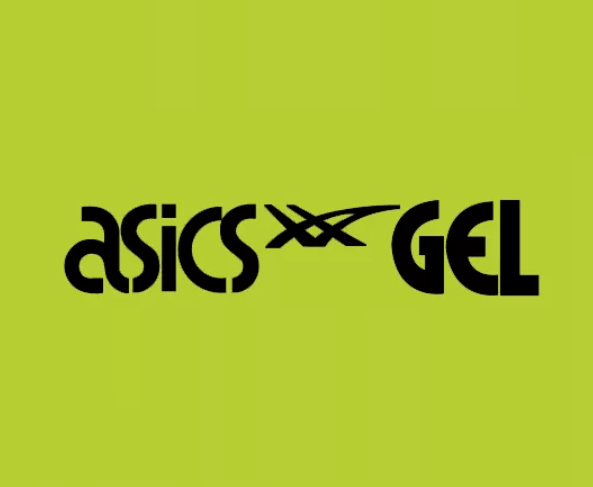
An ASICS innovation designed to increase cushioning through a gel insert. The gel absorbs shock, protecting the knee and ankle joint.

Natural leather is strong, flexible and durable, but is fastidious to care for. More often used for everyday models, but there are exceptions.
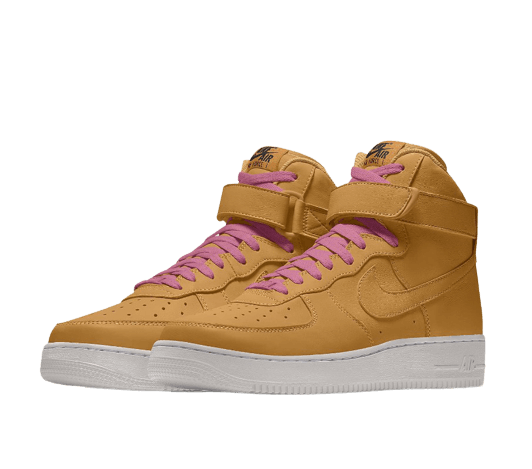
Sneakers made of synthetic leather are less comfortable, but durable and unpretentious in care.
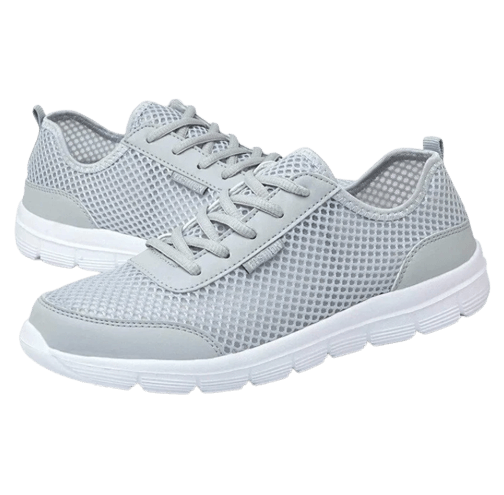
Lightweight, thin synthetic materials of nylon or polyester fibers. Good air permeability and protects the foot from perspiration. Lightweight sneakers, making them almost weightless.
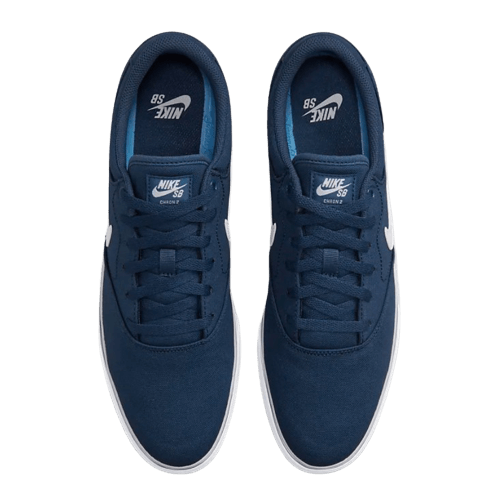
Sturdy and heavy natural fabric made of hemp, linen or jute fibers. Moisture resistant but breathable. Wear and tear resistant, but easy to care for.
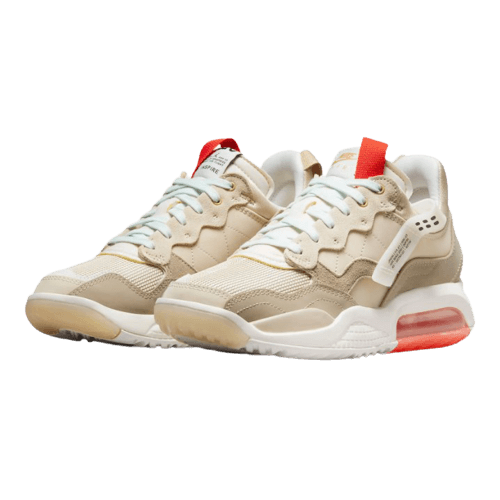
Sneakers made of leather, jersey or sailcloth, supplemented with mesh inserts in the toe or cuff.
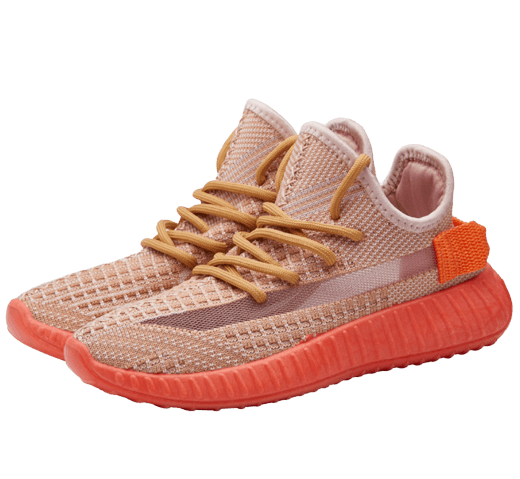
Wear-resistant and durable rubber is equally suitable for indoor and outdoor use. It is characterized by high weight and density.
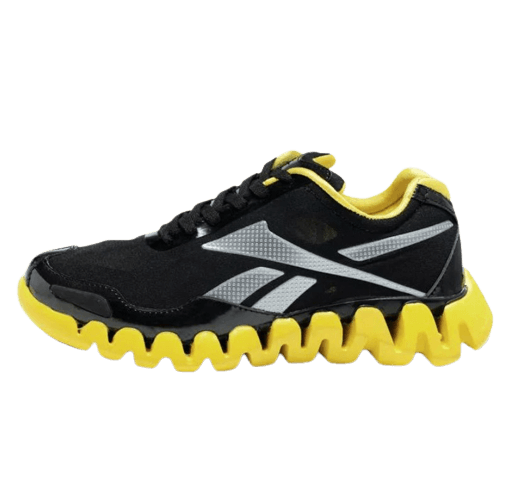
A mixture of rubber and air. The sole is used on running shoes, providing a soft landing. It wears quickly, so it is often combined with other materials.
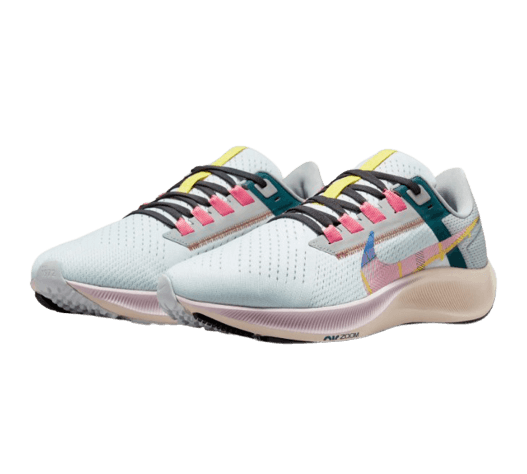
A synthetic type of material made of gas-filled plastic. It is lightweight, but prone to crumbling.
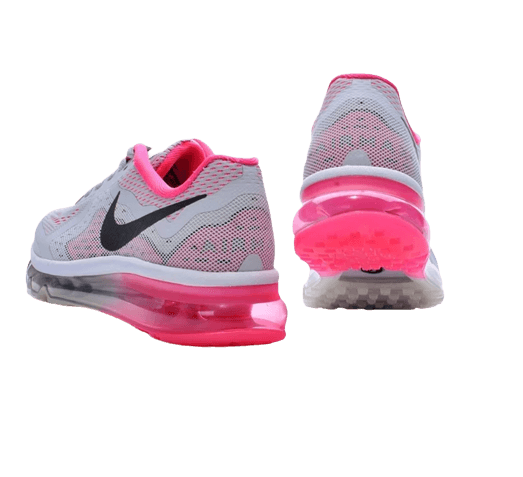
Silicone sole in sneakers used for fitness models, because it provides good cushioning and does not give a lot of foot fatigue.
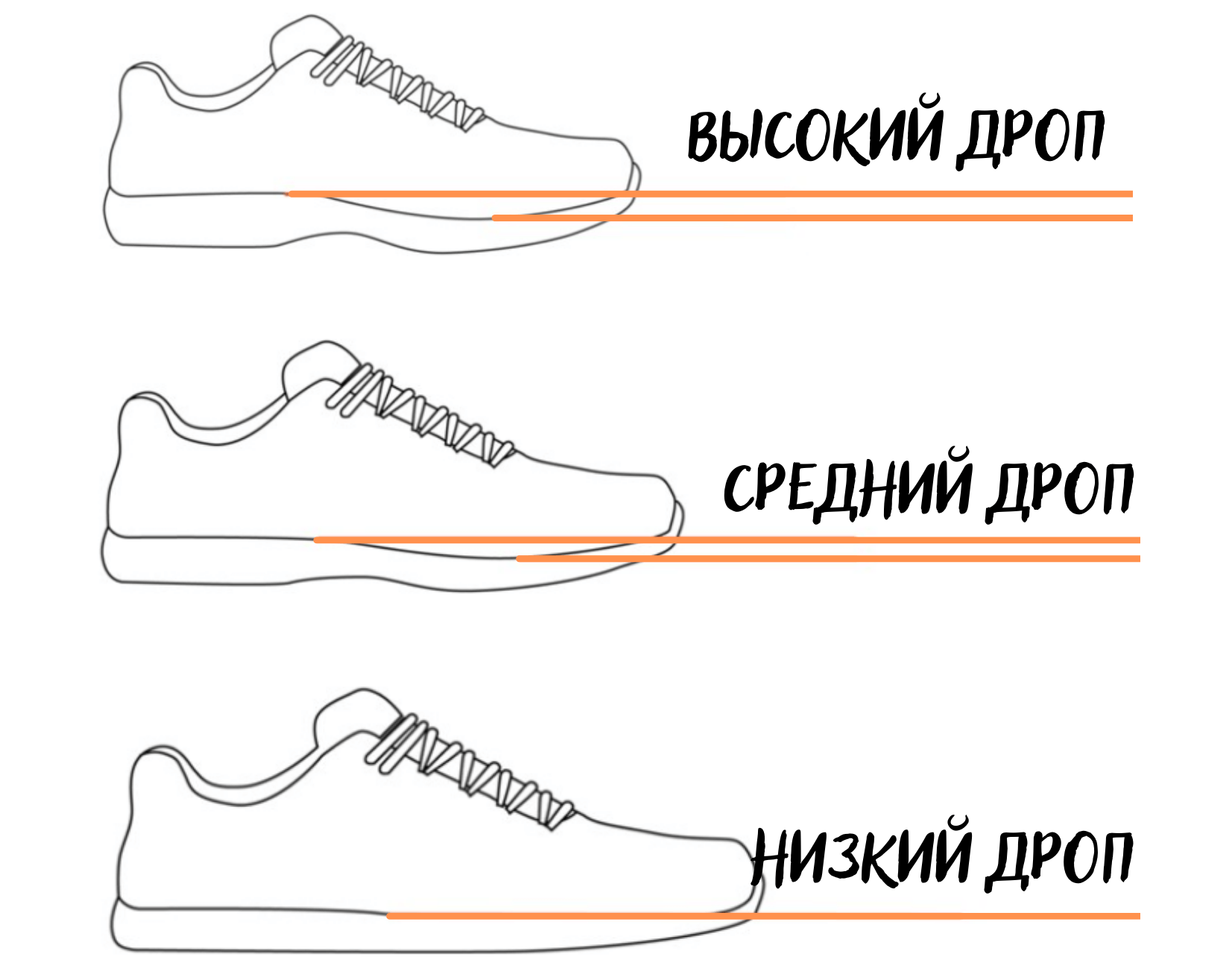
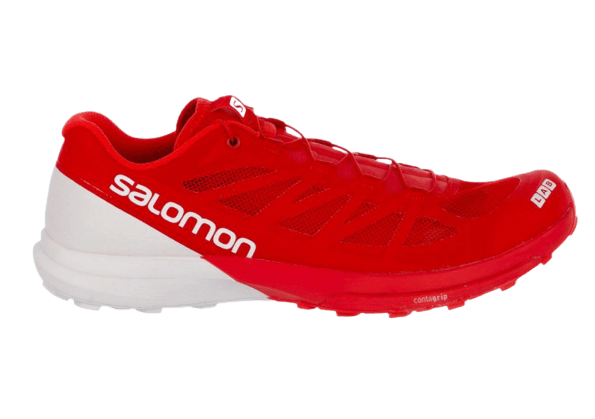
Difference between heel height and toe height is up to 4 mm.
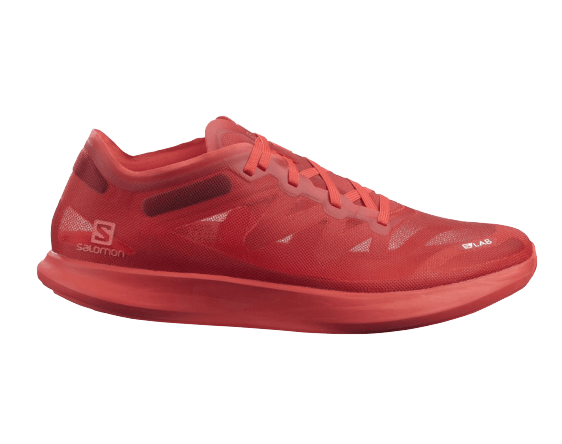
The difference varies from 5 to 8 mm.
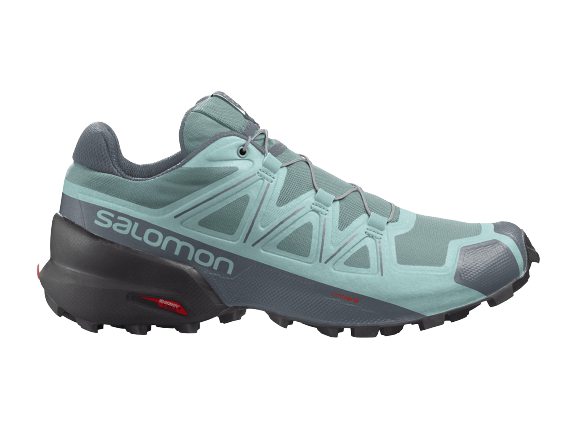
The difference reaches 8 millimeters or more.
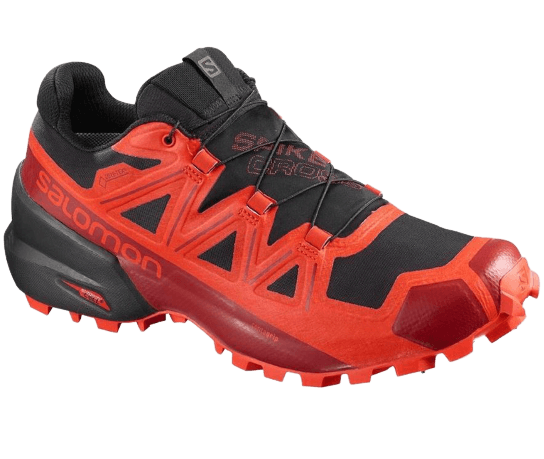
Tread height of 8-10 mm. Designed to improve traction in slippery conditions, such as running on muddy roads.

Tread of 4 to 7 mm. Optimal for uneven terrain - mountains, forests.
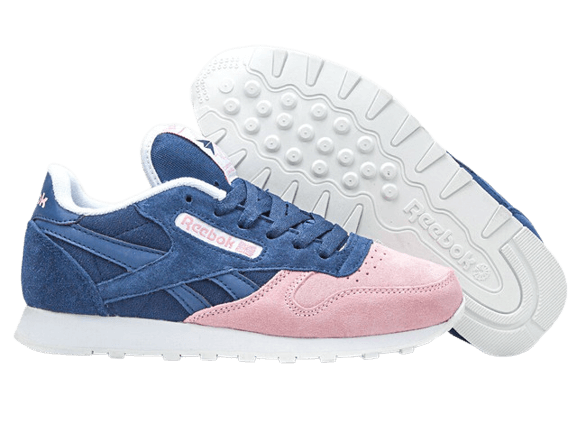
Tread height up to 3 mm - for even, dry surfaces.
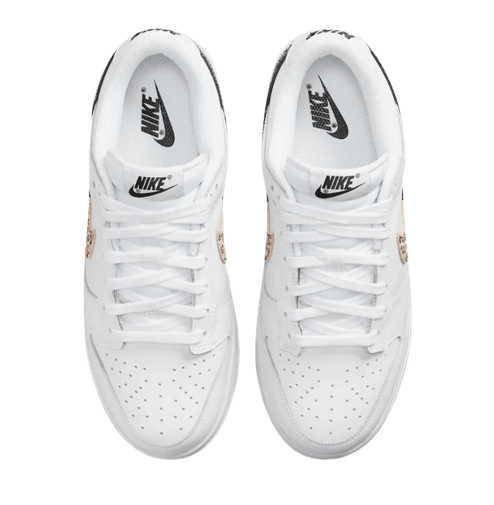
Thin breathable sneakers, usually with mesh or solid textile inserts to prevent foot sweat.
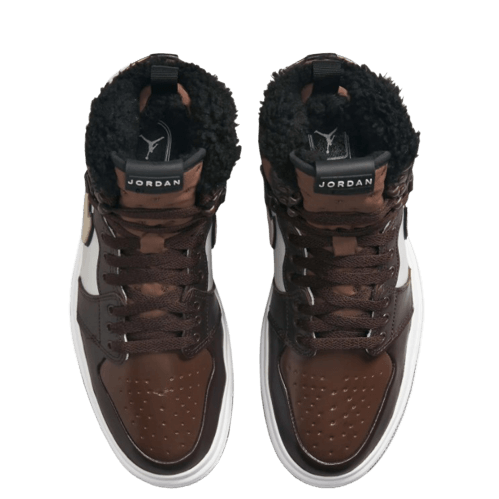
Fur-, fleece-, or other material-insulated sneakers designed to be worn in cold weather. Often covered with a membrane film for moisture and wind protection.
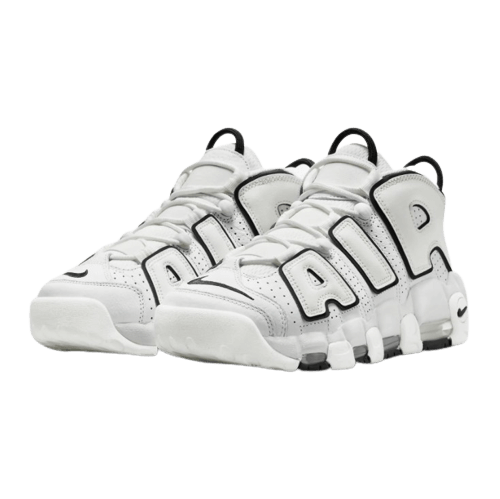
Sneakers with medium-density synthetic or genuine leather upper. Can be perforated - with ventilation holes in the heel and toe area, or solid. Less often - mesh.
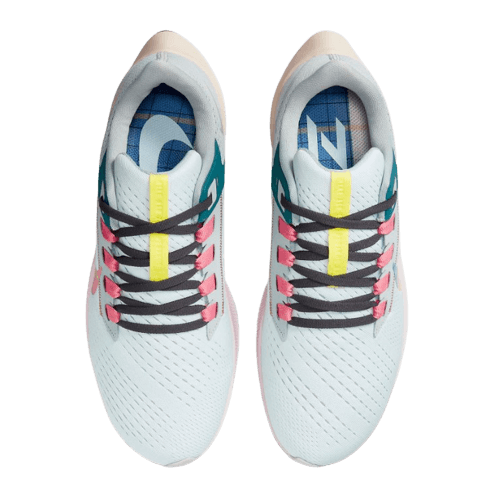
The classic version of the buckle, in which the laces are threaded through the eyelets from the bottom of the tongue to the ankle, tightened and tied.

A textile clasp consisting of two parts - micro hooks and micro loops, placed on two ribbons. When combined, the hooks cling to the loops, creating a velcro effect.
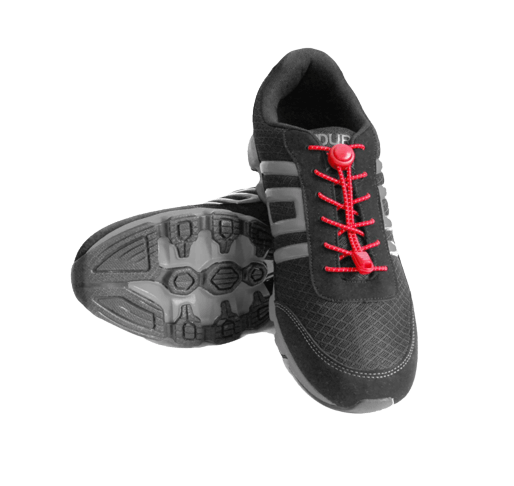
Thin laces, which are tightened at the top and fixed with a plastic "lock" that does not allow the lacing to relax.
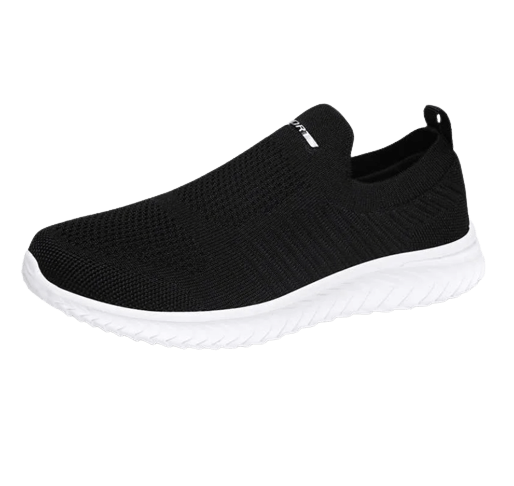
Sneakers with elastic upper material, the fixation of which is achieved by fitting the foot.
The weight of the sneaker is an average. Weight is determined by the average size of the size range and only 1 sneaker at a time, meaning a pair will weigh twice as much.
Lightweight sneakers that weigh no more than 180-350 grams. Most often the lightest sneakers are running shoes, but this is not a rule, but a pattern.
Weight medium sneakers - 500-800 grams. They are chosen for everyday wear and some sports, but it all depends on the individual woman.
Heavy sneakers weigh more than 800 grams. Usually used for mountain climbing or cross-country running, where the heaviness and durability help protect against injury.
Production of casual and specialized sneakers are engaged in sports brands - Nike, Adidas, Asics, Salomon, and companies with a wider range - from mass-market H&M and Zara, to the luxury - Chanel, Dior, Dolce & Gabanna, Isabel Marant.
The price range for a pair of fashionable sneakers for women ranges from $ 20-25 to $ 15,000.
All materials of DRESS Magazine about sneakers ➜
